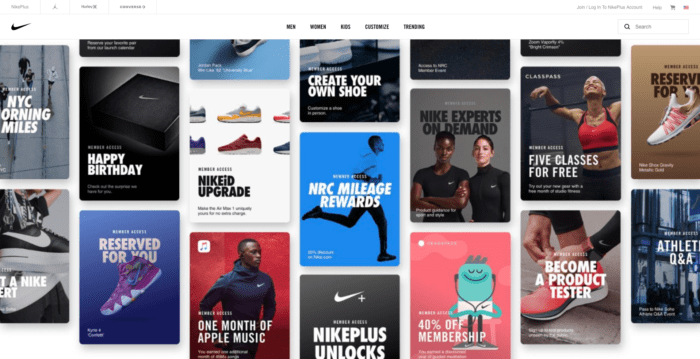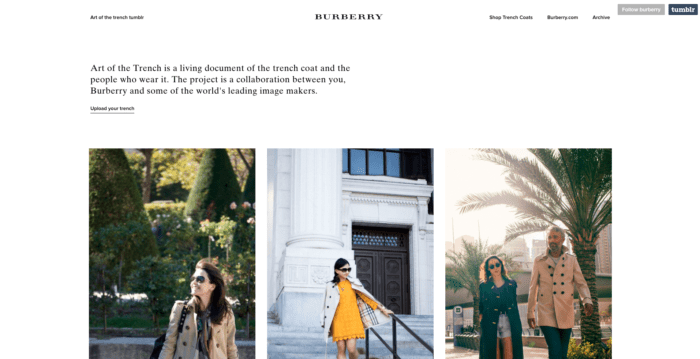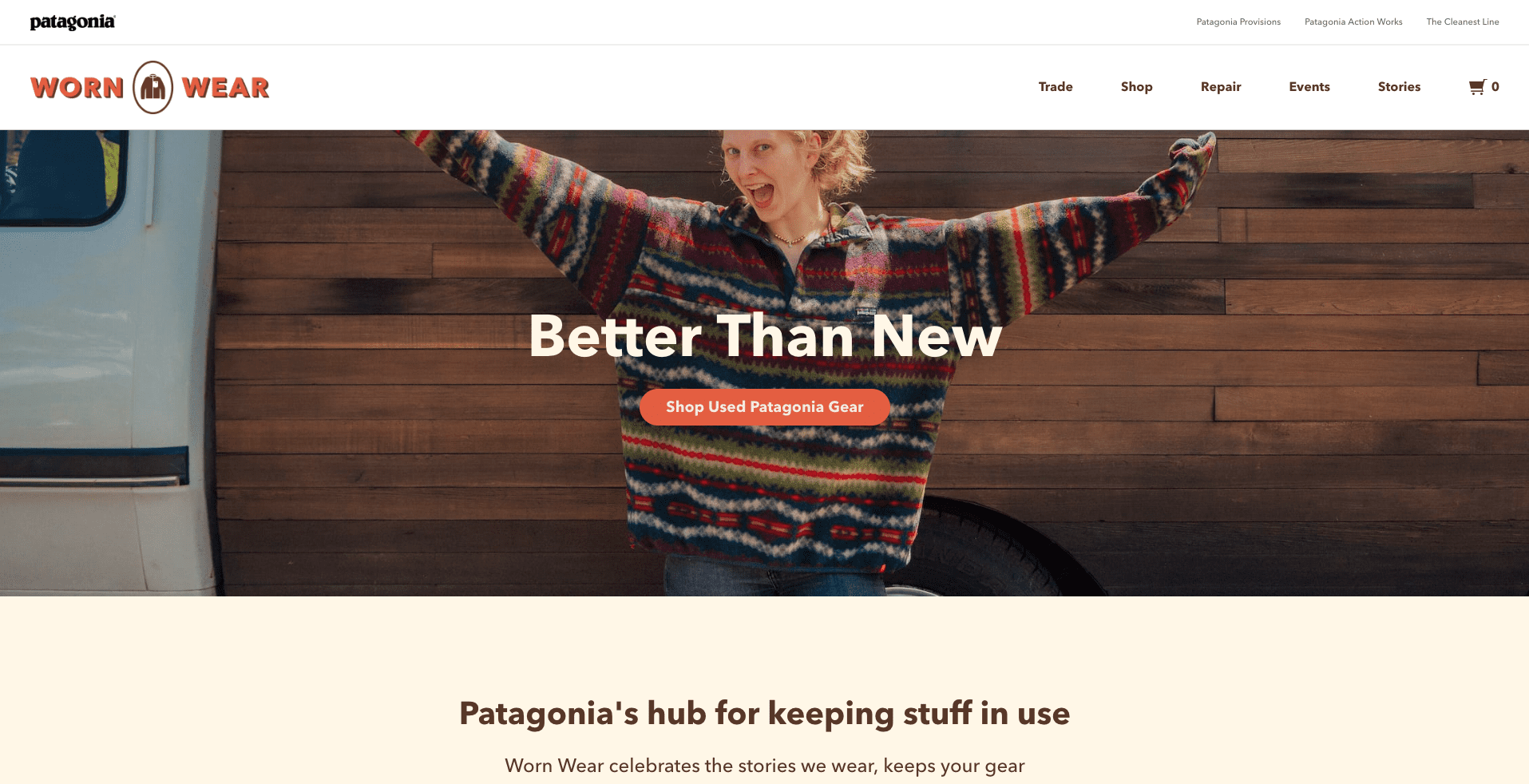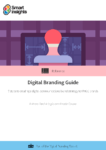6 Keys to building a better online brand experience for your customers.
Online brand experience and customer experience is a widely discussed topic amongst brand managers and marketers, and for good reason — customers who have a better brand experience with one brand over another will naturally veer toward the brand they favour when making a purchase. It’s not rocket science.
Put simply, the customer experience includes every touchpoint between customer and company. Marketers usually break this experience into three categories: pre-purchase, purchase, and post-purchase.
These experiences extend from online forums to in-person interactions, but in today’s connected world, pre-purchase often begins online with researching a company, reading reviews, and browsing blog posts — so optimizing your brand experience across all things digital is essential.
Digital Branding Guide
Download your Digital Communications Strategy for FMCG Brands
Access the Digital Branding Guide
The Problem With Perfection
The mistake many brands make, however, is pursuing the “perfect” experience in each of these categories. The truth is that there is no single best option. In fact, there are several optimal experiences — a different one for each brand.
When brands attempt to follow so-called customer experience “best practices,” they usually create experiences that are indistinguishable from those of their competitors. This monotony confuses consumers and drives them to view all industry players as equals, which is the opposite of what a good customer experience should do.
So, what makes the best experience different from the perfect experience?
Brands need to focus on the experience that best matches the brand itself and what it is trying to achieve with customer relationships. In other words, the best customer experience is impossible to attain, but the best brand experience is easily achievable with the right mindset.
When brands successfully create a brand experience that resonates, customers notice — and tell their friends. According to McKinsey, brand experience drives word of mouth more than any other factor, accounting for up to 80 per cent of pre-purchase word-of-mouth marketing. Business travellers wouldn’t recommend a ritzy hotel to their colleagues for work, but they would recommend a chain that caters to their needs and provides no-frills service.
It’s not just about the quality of the customer experience: It’s about the relevance of the experience to the brand. If the experience unmistakably reminds consumers of the brand, they are more likely to see the company as distinct from its competitors — and, therefore, more likely to think of that brand when they need its services.
How to Create a Great Brand Experience Online
Use these steps to begin crafting that experience:
1. Establish the brand before you sell.
Great experiences don’t make customers feel pressured to buy. Although most companies view the customer experience as a one-way road that ends in a sale, it’s a fact of life that not all experiences will culminate in a transaction. Rather than accelerate consumers toward the company’s predetermined goal, experiences should develop positive feelings toward the brand. That way, when the consumer eventually does want to purchase, he or she thinks of the preferred brand first.
Nike Plus is a great example of a brand-before-sales mentality.
The platform doesn’t sell shoes: It sells sports, competition, and data-driven fitness. When Nike Plus users get ready to make a purchase, it’s easy to think of Nike first because of the positive experiences they have with Nike Plus.

2. Make distinctions between audience segments.
Thanks to more data and new tools to interpret it, companies can personalize experiences for individual consumers and audiences. Brands should use their informational advantage to tailor messaging to audiences based on their stage in the purchasing cycle.
Not all audiences deserve equal consideration, and not all audiences crave the same experiences. Some people might want emails about what the product does, while people further into the sales process might be more interested in optional features. Burberry, for instance, live-streams fashion shows to engage audience members in the early stages while encouraging post-purchase customers to share pictures of themselves on Burberry microsites.

3. Key in on the big moments.
The customer experience includes so many components, some brand managers don’t know where to begin. Rather than tackle everything at once, focus on the moments that have the greatest impact on the overall experience.
This isn’t just about saving money — it’s about properly allocating effort. Analyze different consumer touchpoints and identify the ones with a disproportionate impact on business metrics, such as units sold. When the customer’s journey hits a crossroads of a positive or negative impression, put more resources into that branching path to lead more people in the right direction.
4. Show people why they’re special.
Personalization doesn’t stop at techniques such as emails that address consumers on a first-name basis. That type of personalization is superficial and short-lived. Rather than leave consumers with a shallow attempt at a personal touch, step away from the mechanized efficiency of personalized ads for a moment and give people a real reason to care.
Patagonia offers an excellent program that makes people feel empowered. Through its Worn Wear site, Patagonia invites its conservationist shoppers to buy secondhand outdoor wear and trade in their old gear. The experience aligns with Patagonia’s focus on resource conservation and makes customers feel like their personal actions have a positive impact on the world.

5. Measure, evaluate, and improve.
Today’s renewed focus on the customer experience offers brands plenty of data to play with. When that data sits unused, or when companies focus on just a small portion of the whole, all that effort put into data collection produces far less than it should.
Establish baselines against which to measure all experiences, especially in those big moments mentioned above. Then, schedule regular intervals to reassess the baselines against reality and adjust accordingly. Customer experience dashboards can help with this process.
6. In the end, stay focused on the bottom line.
All marketers have finite resources with which to work. Some moments cost more money to optimize than others. In addition, internal operations might prevent one tactic from working as well as it should.
Legacy technology, for instance, could hamper the effectiveness of one plan more than another. Account for these factors before committing to an experience strategy. Even if one course of action looks good on paper, an alternative might prove more attractive if existing infrastructure hinders the first choice.
In an increasingly commoditized world, the customer experience will only continue to grow in importance as a competitive differentiator. Don’t let sales-driven language prevent an experience from painting your brand in a positive light. Fight against the monotony of the marketplace and give consumers the brand experience they deserve.
 Mitch Duckler is a managing partner at FullSurge, a consulting firm specializing in marketing and brand strategy for Fortune 1000 companies. Mitch has more than 25 years of experience in both brand management and consulting and has worked with companies such as Deloitte, ExxonMobil, Boeing, and more. Subscribe to receive notifications on Mitch’s upcoming book, “The Indispensable Brand.”
Mitch Duckler is a managing partner at FullSurge, a consulting firm specializing in marketing and brand strategy for Fortune 1000 companies. Mitch has more than 25 years of experience in both brand management and consulting and has worked with companies such as Deloitte, ExxonMobil, Boeing, and more. Subscribe to receive notifications on Mitch’s upcoming book, “The Indispensable Brand.”







 Mitch Duckler
Mitch Duckler



